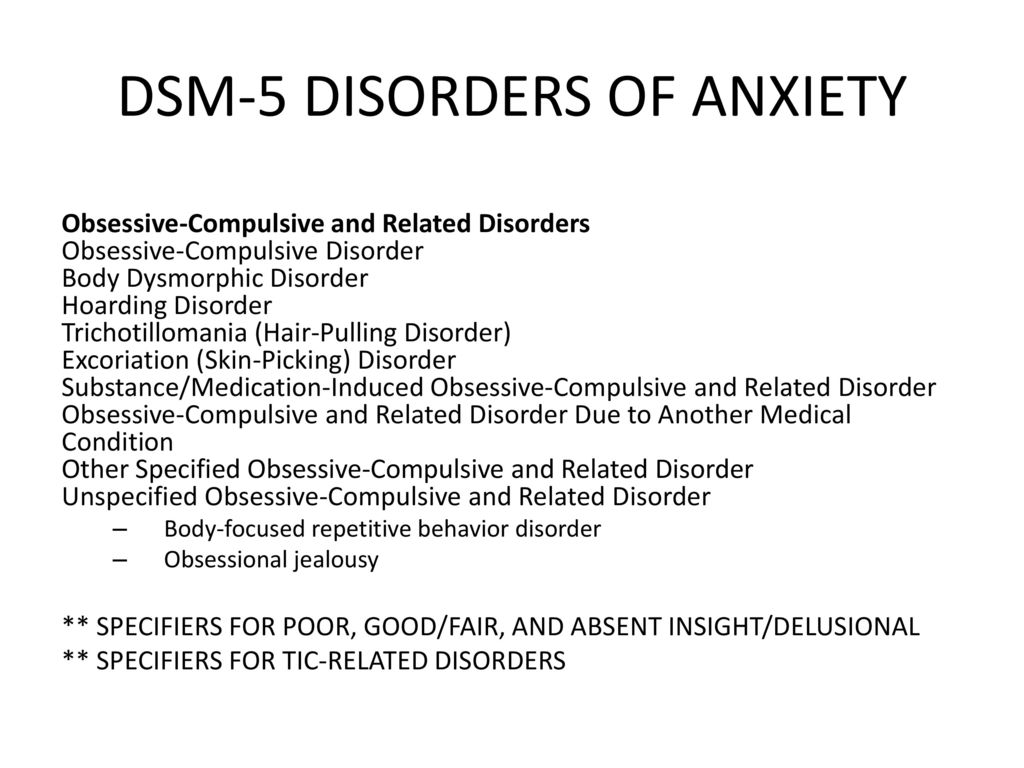
B) two gastrointestinal symptoms: a history of at least two gastrointestinal symptoms other than pain (e.g., nausea, bloating, vomiting other than during pregnancy, diarrhea, or intolerance of several different foods). A) four pain symptoms: a history of pain related to at least four different sites or functions (e.g., head, abdomen, back, joints, extremities, chest, rectum, during menstruation, during sexual intercourse, or during urination). The disorder also typically results in significant impairment in social, occupational, or other important areas of functioning.Įach of the following criteria must have been met, with individual symptoms occurring at any time during the course of the disturbance: The symptoms tend to result in a person seeking out treatment for them through multiple healthcare providers. Somatization disorder symptoms include a history of many physical complaints beginning before age 30 years that occur over a period of several years. The information provided below is here for historical purposes only. For others, psychological factors affecting other medical conditions or an adjustment disorder would be more appropriate. Some individuals with chronic pain would be appropriately diagnosed as having somatic symptom disorder, with predominant pain. Individuals previously diagnosed with hypochondriasis who have high health anxiety but no somatic symptoms would receive a DSM-5 diagnosis of illness anxiety disorder (unless their health anxiety was better explained by a primary anxiety disorder, such as generalized anxiety disorder). Because the distinction between somatization disorder and undifferentiated somatoform disorder was arbitrary, they are merged in DSM-5 under somatic symptom disorder. Individuals previously diagnosed with somatization disorder will usually have symptoms that meet DSM-5 criteria for somatic symptom disorder, but only if they have the maladaptive thoughts, feelings, and behaviors that define the disorder, in addition to their somatic symptoms. Diagnoses of somatization disorder, hypochondriasis, pain disorder, and undifferentiated somatoform disorder have been removed 3). The DSM-5 classification reduces the number of these disorders and subcategories to avoid problematic overlap. Dsm 5 anxiety disorders manual#
In the American Psychiatric Association’s Diagnostic and Statistical Manual of Mental Disorders: DSM-5 2), somatoform disorders are now referred to as somatic symptom and related disorders. Somatization - or psychosomatic disorder - is no longer a recognized mental disorder 1). Somatization disorder treatment medication.


Somatic symptom disorder complications prognosis.I’d like to encourage her to get help, what should I suggest? It is really disrupting her life and keeping her from being able to enjoy life. My friend is perfectly healthy but constantly worries about being seriously ill.She continues to get angry with doctors and can’t accept that they can’t find anything physically wrong. My wife has been diagnosed with somatic symptom disorder.Is somatic symptom disorder the same as being a hypochondriac?.How can family members best support and help someone with somatic symptom disorder?.






 0 kommentar(er)
0 kommentar(er)
